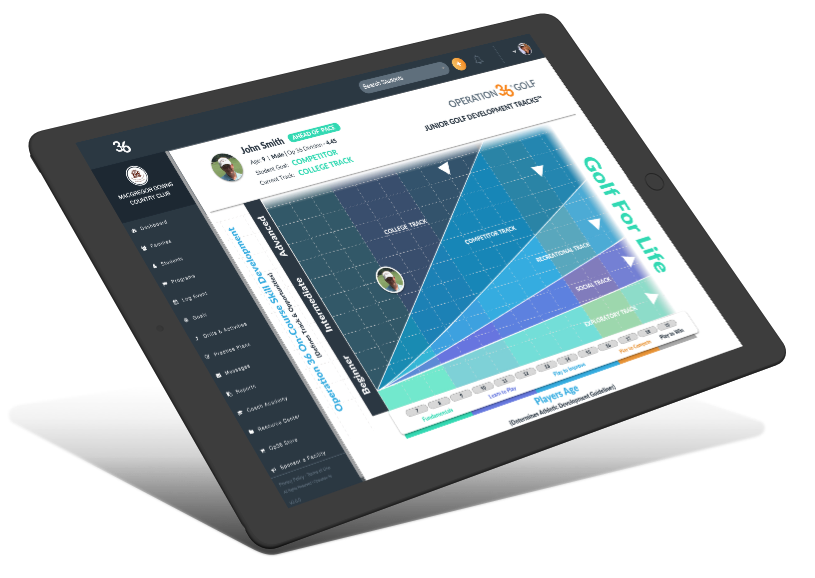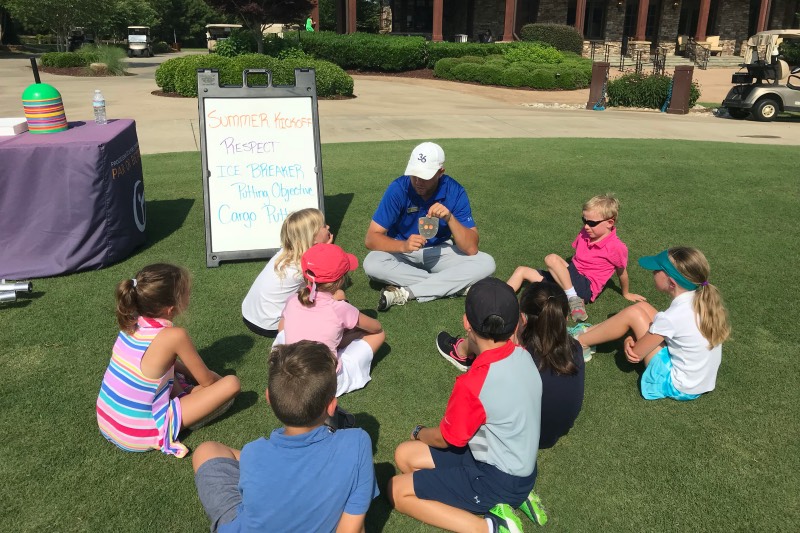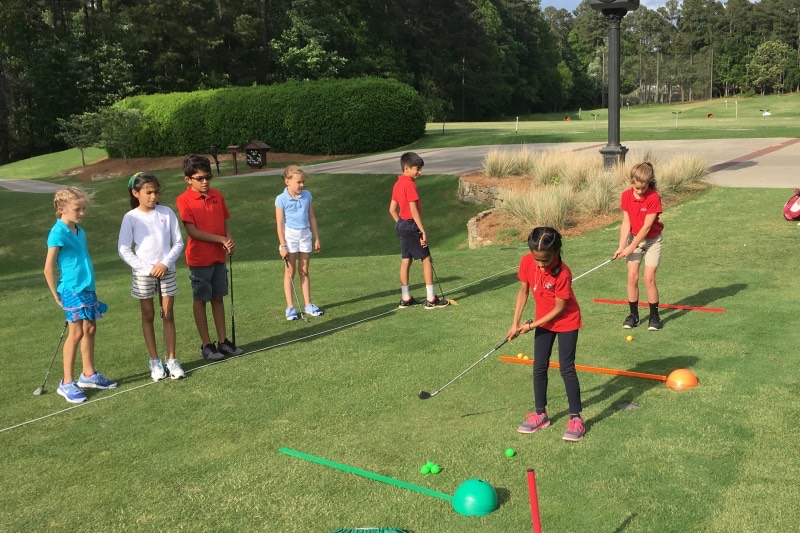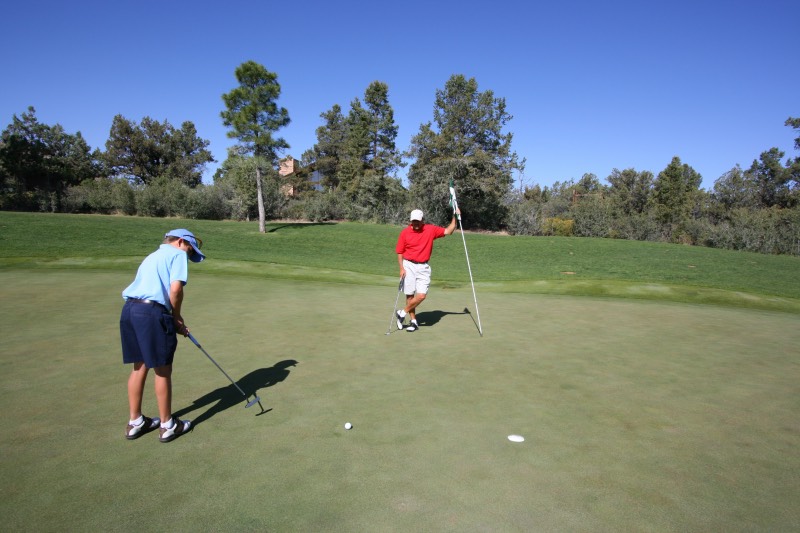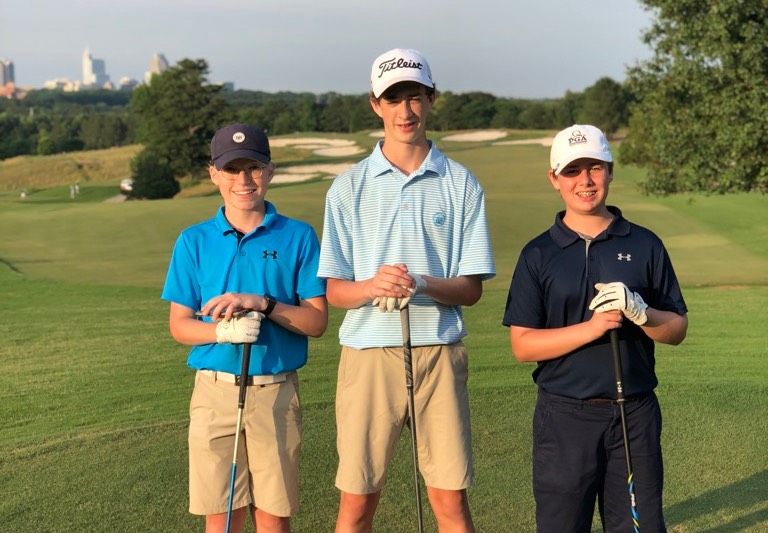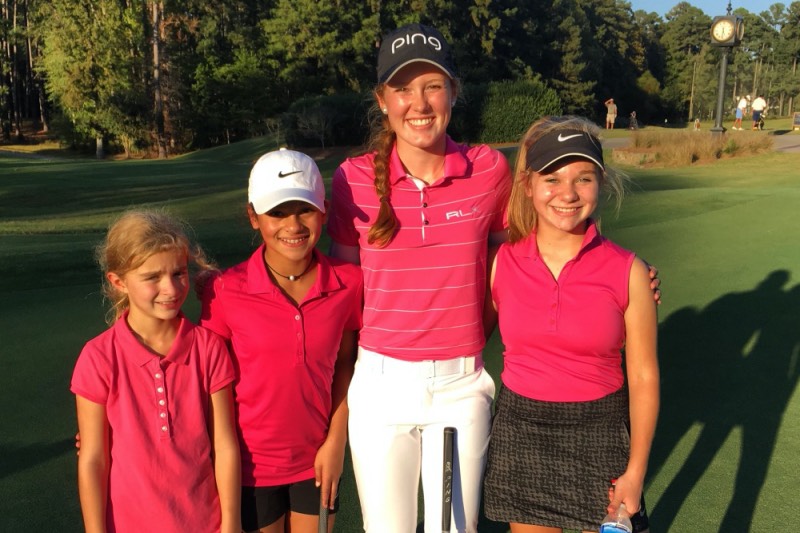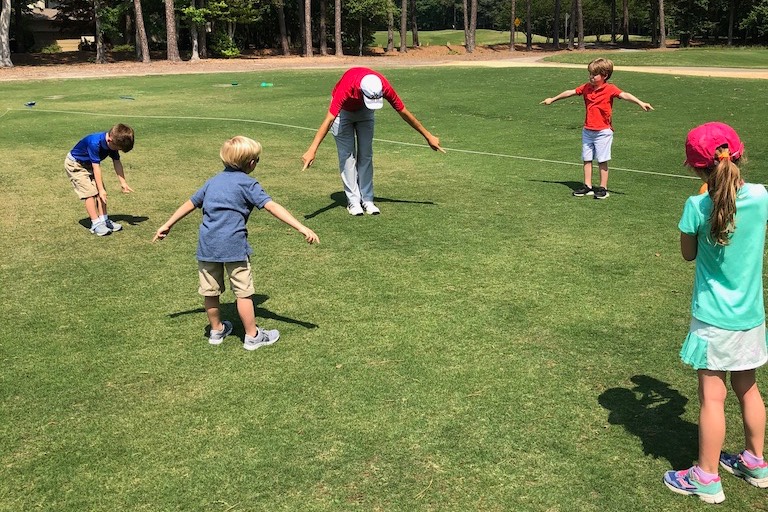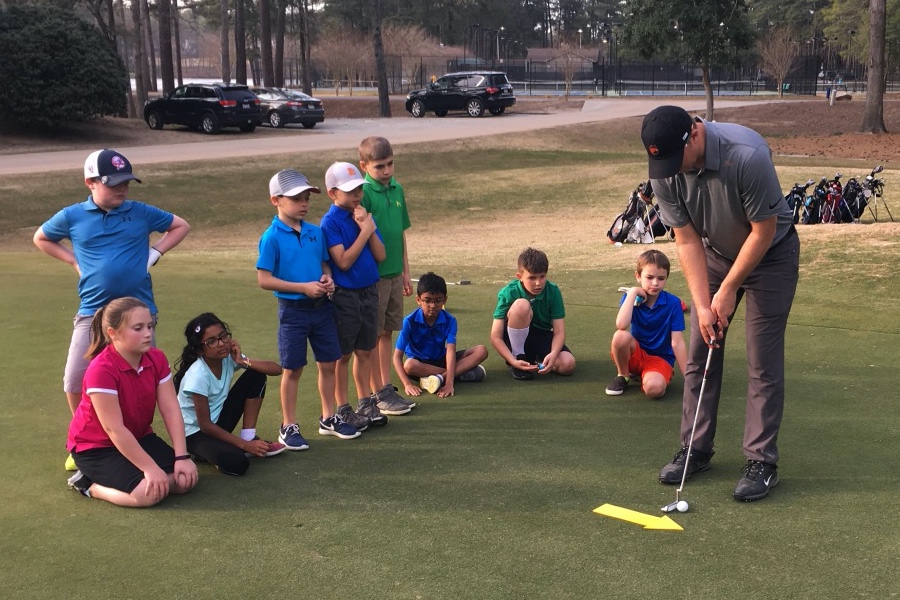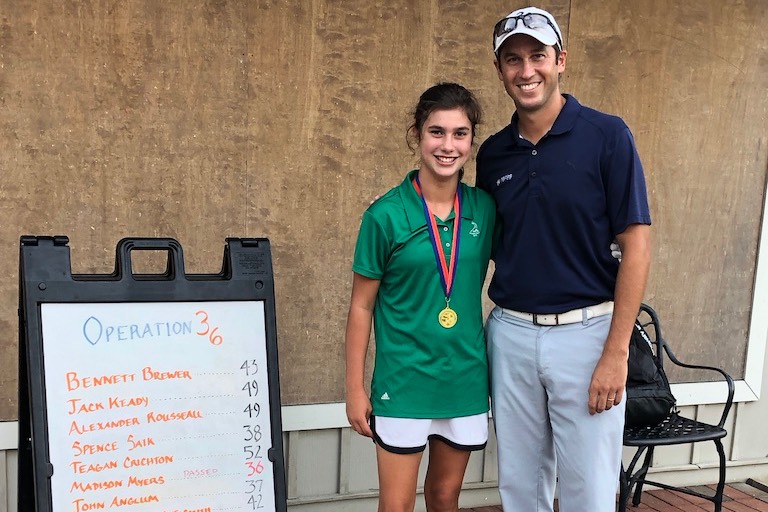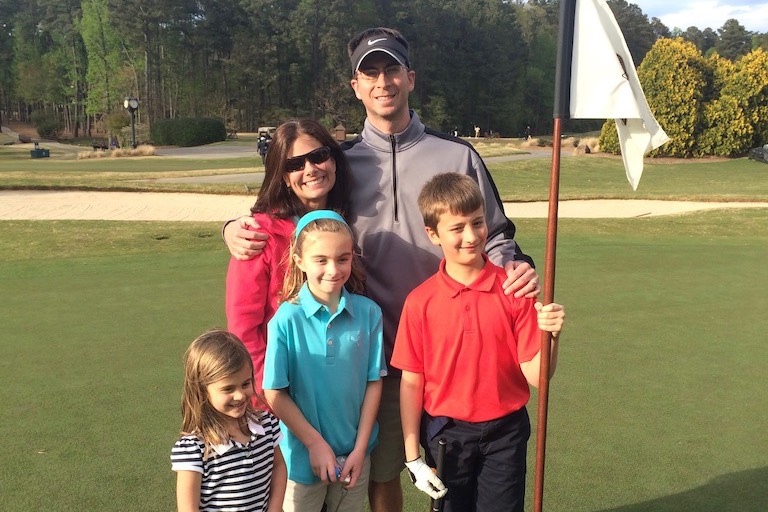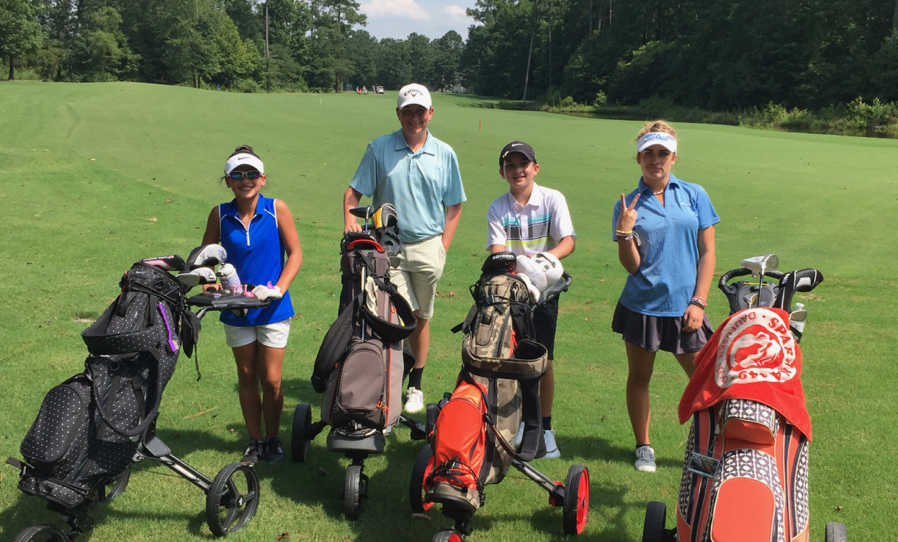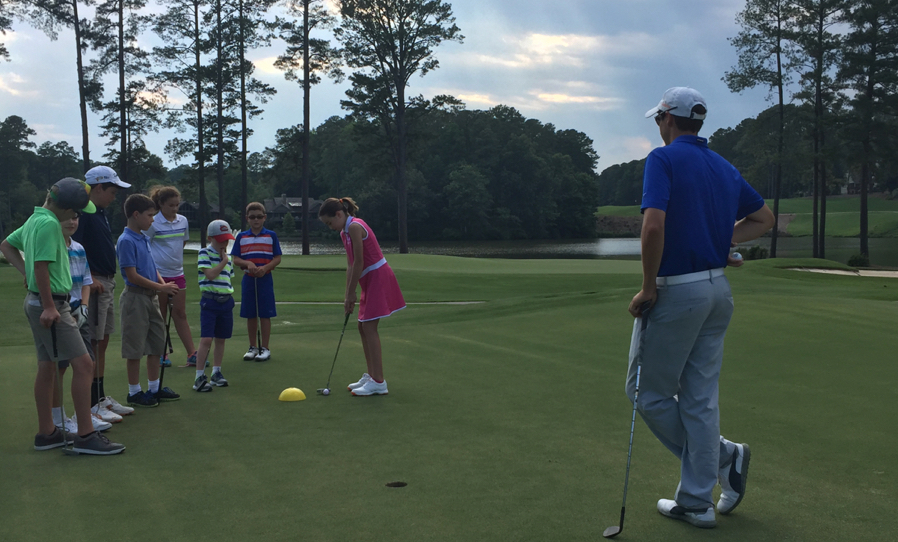Parents and coaches should have a clear golf development model to know exactly where the junior is in their golf skill development and how to play a positive role every step of the way.
The challenge is, Junior golf development has always been a bit of a mystery. There are two goals of the Operation 36 Junior Golf Development Model:
First, we want juniors to play golf and sports for life which is why we support the Long-Term Athlete Development Guidelines. (See below)
Second, we want juniors to be in positive golf environments that can give them the programming necessary to help them achieve their golfing goals.

